Analysis on the Sustainable Development of the Pearl River Cable Market
Transmission and Distribution Network News: In the past few years, the average annual demand for high-voltage and UHV underground cables has maintained a growth rate of 11%, with UHV demand growing the fastest. In the past five years of UHV development in the future, in addition to the large number of UHV cables being consumed in Europe, the consumption of Southeast Asia and other places in the world's total consumption has continued to increase, from 8% to 15%. According to public reports. It shows that the State Grid will invest 620 billion yuan in the construction of UHV smart grids and 20 UHV lines in the next five years.
It can be seen that the market prospect of high-voltage cables is still good, and the majority of cable manufacturers can pay more attention to it. For high-voltage cables, I will give you a brief introduction: high-voltage cables are a type of power cable, which refers to the power cables used to transmit between 10KV-35KV (1KV=1000V), and are mostly used in the main road of power transmission. The product implementation standards for high-voltage cables are GB/T12706.2-2008 and GB/T12706.3-2008.
The main types of high-voltage cables are YJV cables, VV cables, YJLV cables, and VLV cables.
YJV cable full name XLPE insulated PVC sheathed power cable (copper core)
The full name of VV cable is PVC insulated and sheathed power cable (copper core)
YJLV cable full name XLPE insulated PVC sheathed aluminum core power cable
The full name of VLV cable is PVC insulated PVC sheathed aluminum core power cable
Due to the excellent electrical conductivity of copper conductors, more and more projects use copper core power cables as the main road of the power supply system, while aluminum core power cables are less used, especially in the higher voltage power system, choose copper core The more cables there are. High-voltage cables are mainly used for AC rated voltage 35KV and below for power transmission and distribution. The maximum long-term working temperature of the cable conductor is 90 degrees. When short-circuited (the longest time does not exceed 5S), the maximum temperature of the cable conductor does not exceed 250 degrees. .
There are many examples of high-voltage cable system failures due to construction quality. The main reasons are as follows: First, the site conditions are relatively poor. The environment and process requirements for cables and connectors are very high when the cables and connectors are manufactured in the factory, and the temperature, humidity, and dust at the construction site It's not easy to control. Second, it is inevitable that small slip marks will be left on the insulation surface during the cable construction process. Semi-conductive particles and sand on the emery cloth may also be embedded in the insulation. In addition, due to the insulation being exposed to the air during the joint construction process, the insulation will also be inhaled Moisture, these all leave hidden dangers for long-term safe operation.
Some people may be interested in UHV cables, we can look at the division of cable voltage: 1KV and below are low voltage cables; 1KV~10KV are medium voltage cables; 10KV~35KV are high voltage cables; 35~220KV are UHV cables; UHV cables Cable is a kind of power cable that has emerged with the continuous development of cable technology. UHV cables are generally used as the central hub in large-scale power transmission systems. They are a high-tech high-voltage cable and are mainly used for long-distance power transmission.


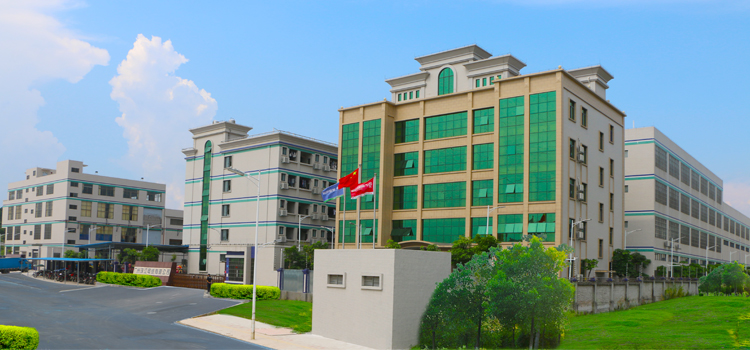 Company Profiles
Company Profiles Company Culture
Company Culture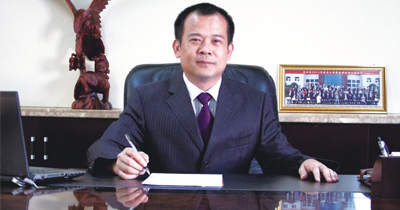 Message
Message Honor
Honor Video Center
Video Center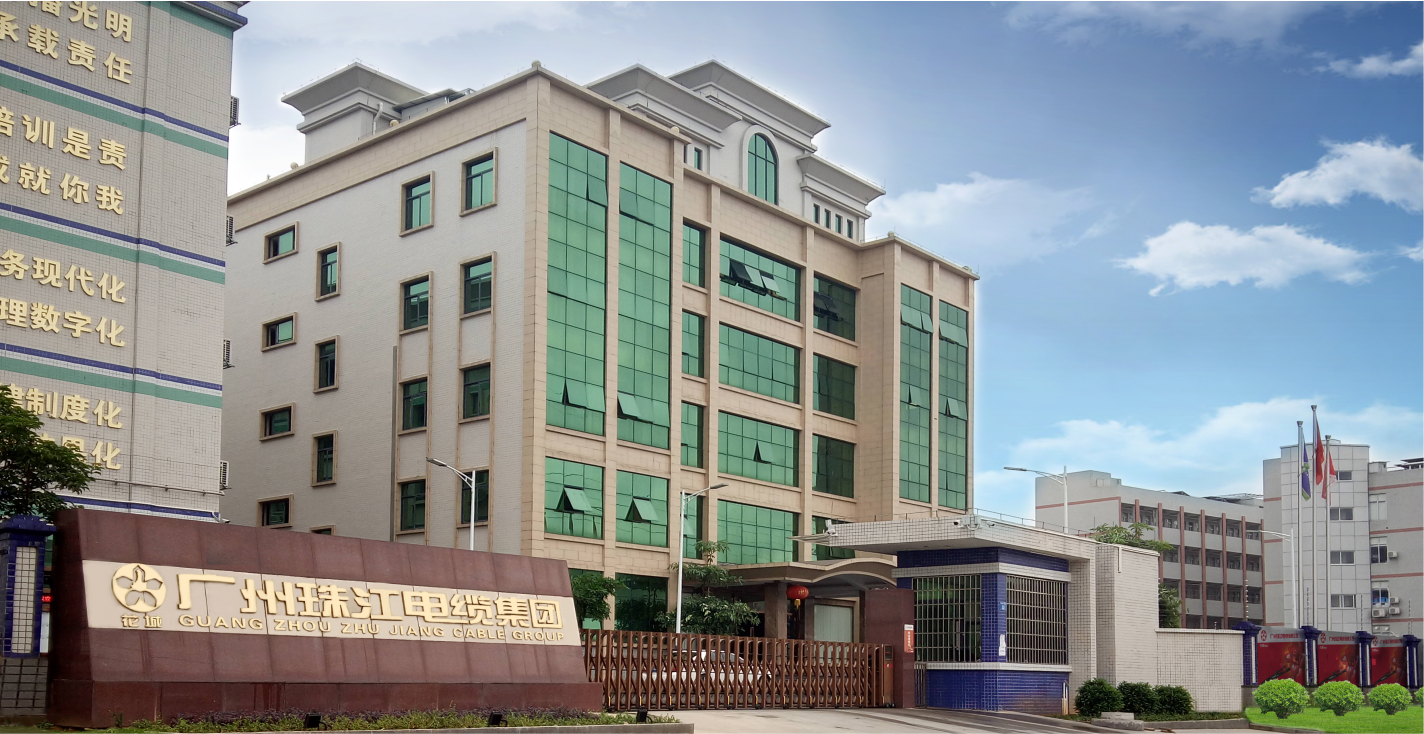 Company Reality
Company Reality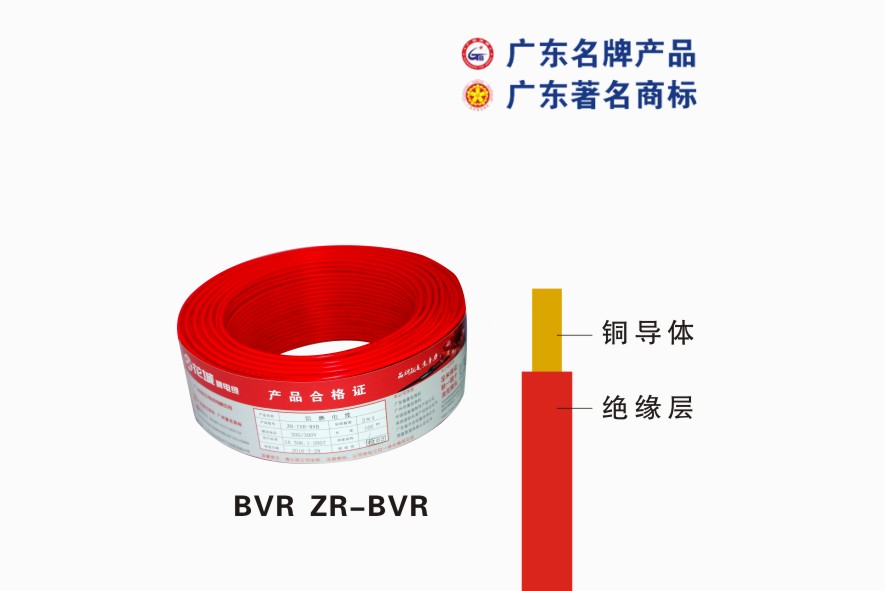 Pearl River Cable
Pearl River Cable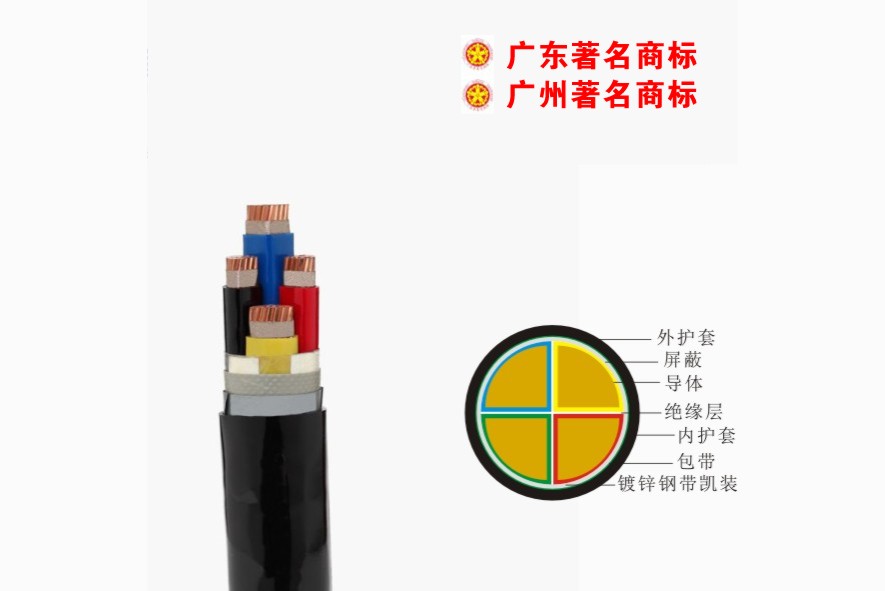 Low Voltage Cable
Low Voltage Cable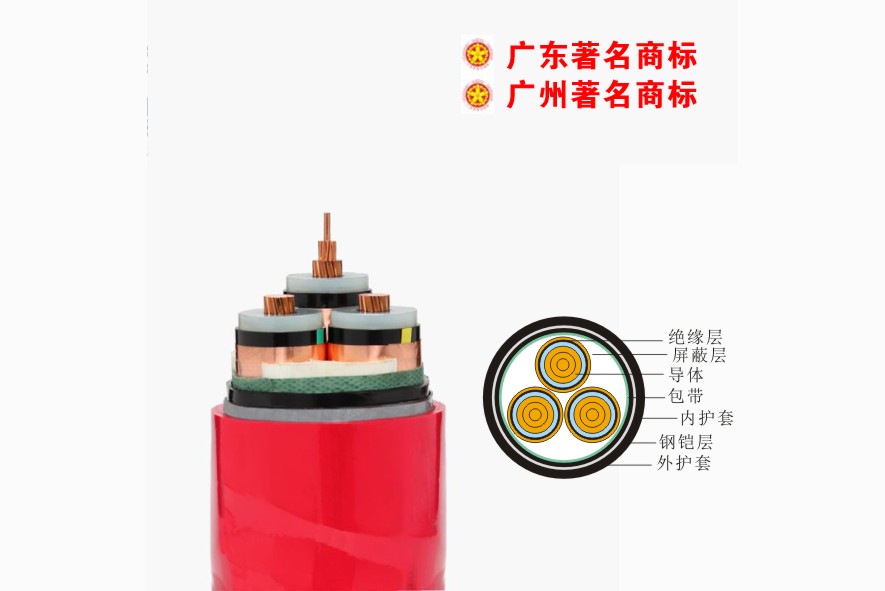 Medium Voltage
Medium Voltage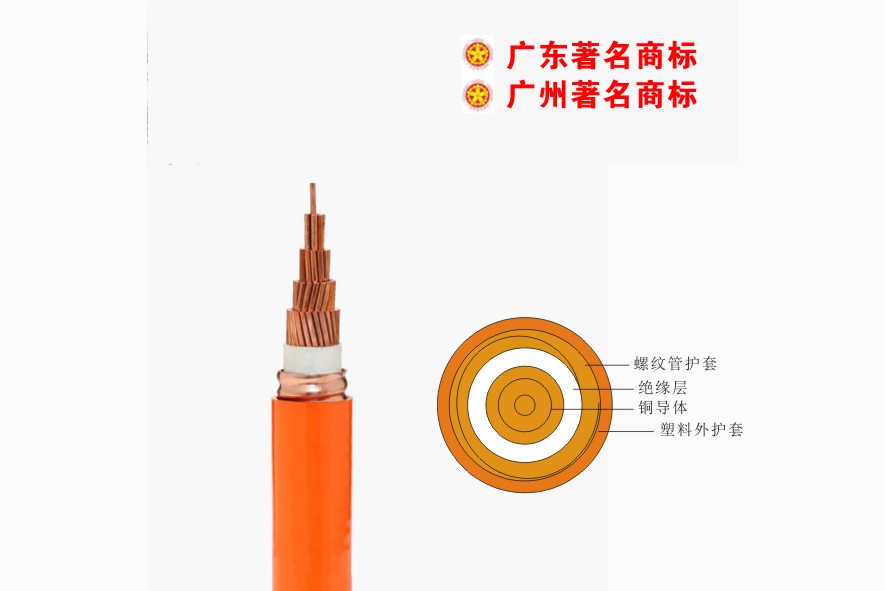 Mineral Cable
Mineral Cable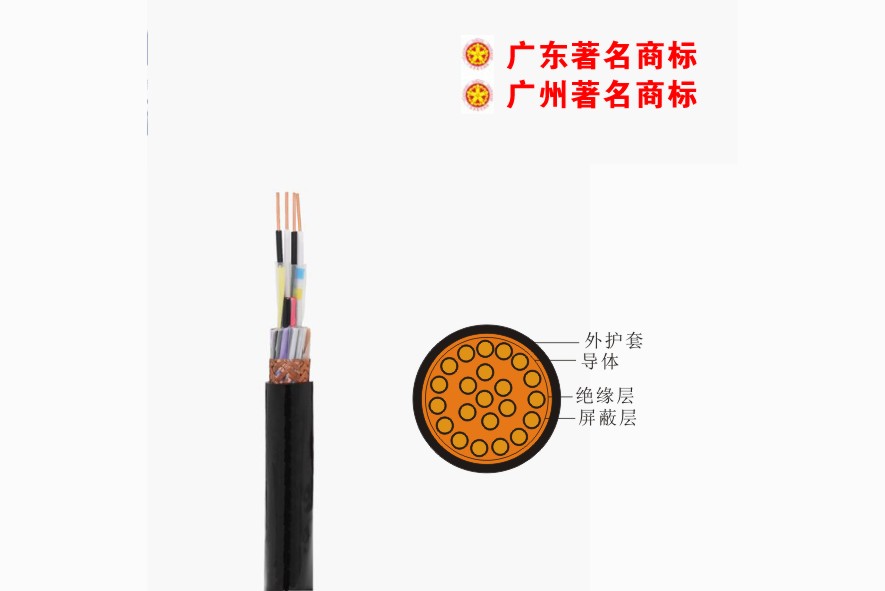 Control Signal Cable
Control Signal Cable Corporate News
Corporate News Cable Information
Cable Information Media Reports
Media Reports Network Reprint
Network Reprint


